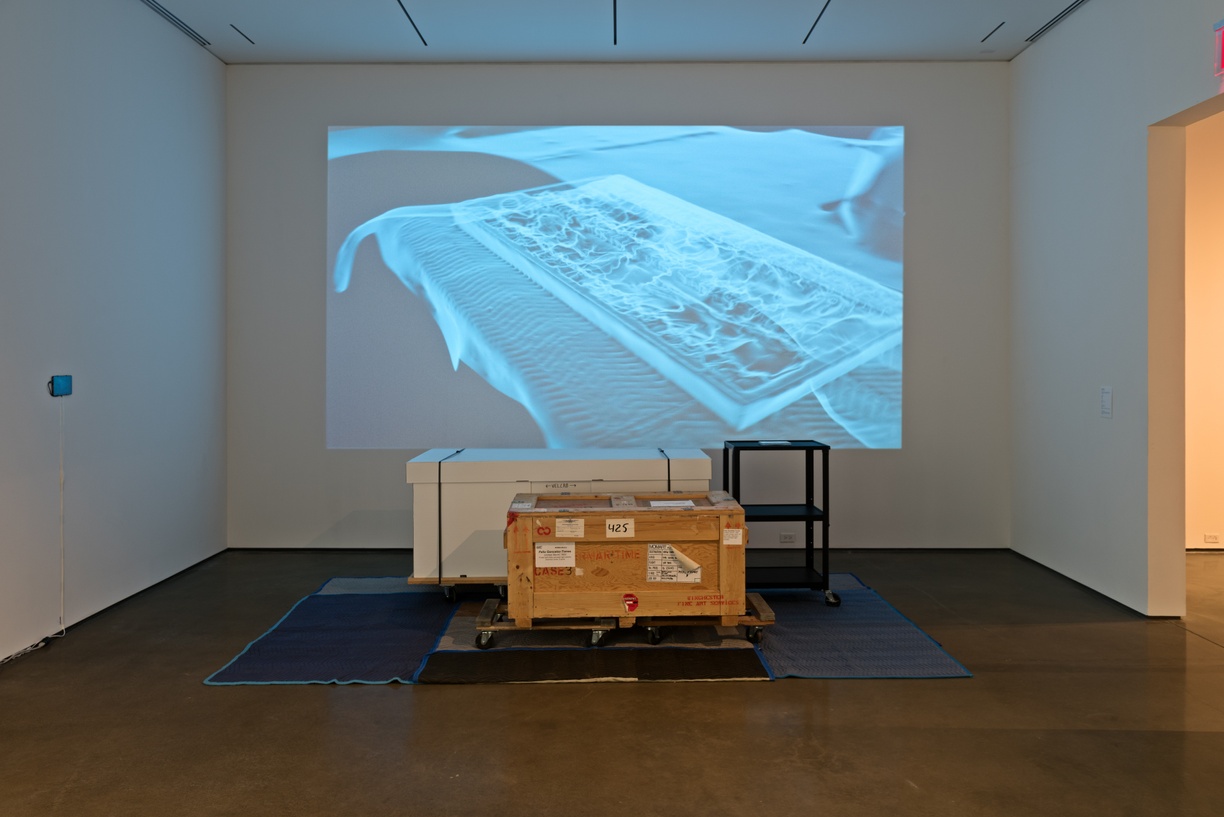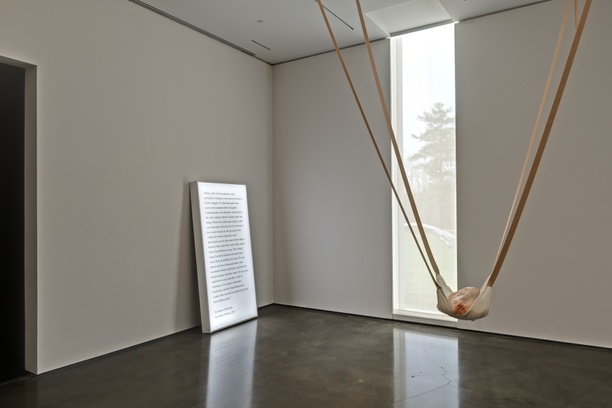
A conductive filament converts electricity to light within a lightbulb. The current flows through the filament, and is maintained by an inert gas within the bulb. While there is the trace of a spark, the filament’s sustained illumination relies upon its non-reactive environment. The combination of these two elements produces light, radiating outward.
Similarly, the exhibitions in The Filament and the Bulb arise from interactions between specific contexts or conditions that open onto wider narratives. Although the starting point of each circuit is discernible, the flow of electricity has effects beyond its point of origin and its enclosure. An exhibition may itself stem from a specific context, but still have the capacity to portray a multitude of stories. The interruption, reinterpretation or integration of neglected narratives are strategies to address dormant flickers within each preexisting current. Each exhibition in The Filament and the Bulb utilizes the stability of their environment as a platform for re-negotiating these seemingly simple circuits and their preconceived convictions.
The Center for Curatorial Studies presents exhibitions and projects curated by second-year students in its graduate program in curatorial studies and contemporary art. The students have organized these exhibition and projects as part of the requirements for the master of arts degree.
Student-curated exhibitions at CCS Bard are made possible with support from the Rebecca and Martin Eisenberg Student Exhibition Fund; the Mitzi and Warren Eisenberg Family Foundation; the Audrey and Sydney Irmas Charitable Foundation; the Robert Mapplethorpe Foundation; the Board of Governors of the Center for Curatorial Studies; the CCS Bard Arts Council; and by the Center’s Patrons, Supporters, and Friends.











